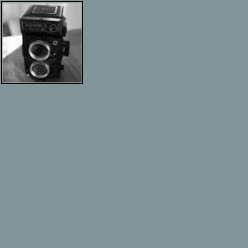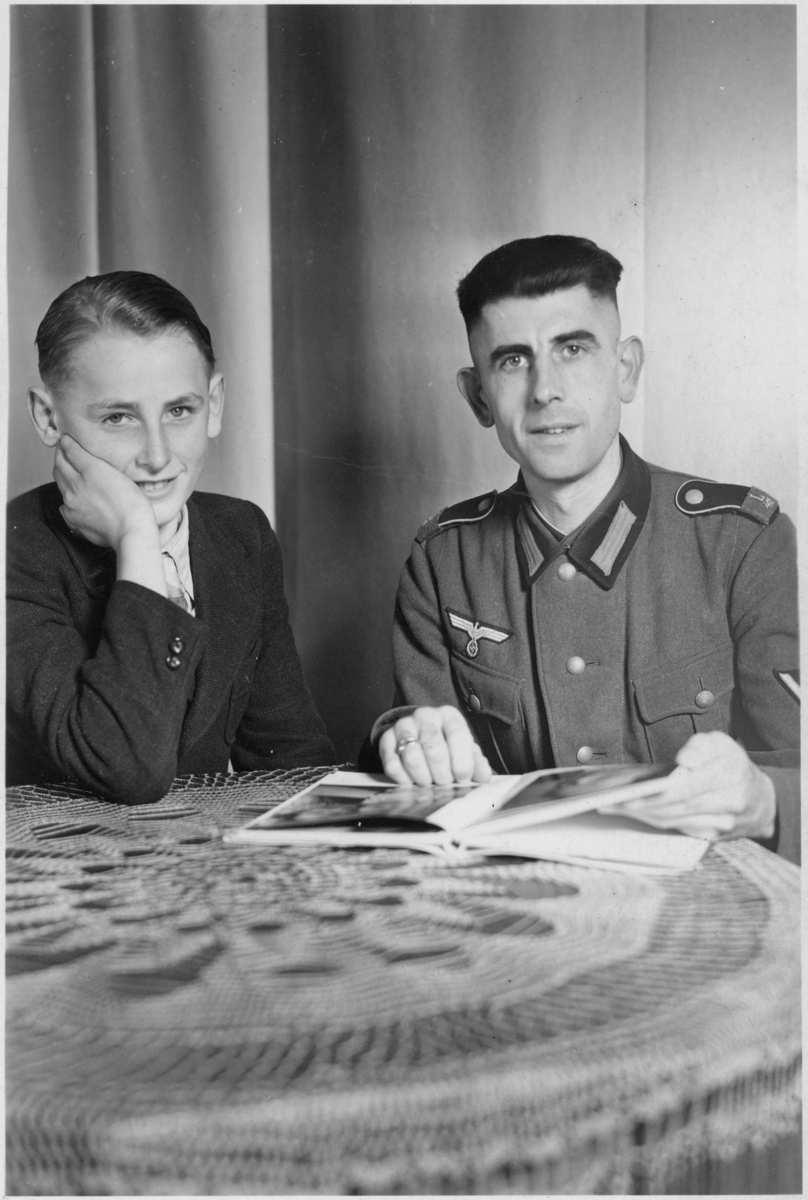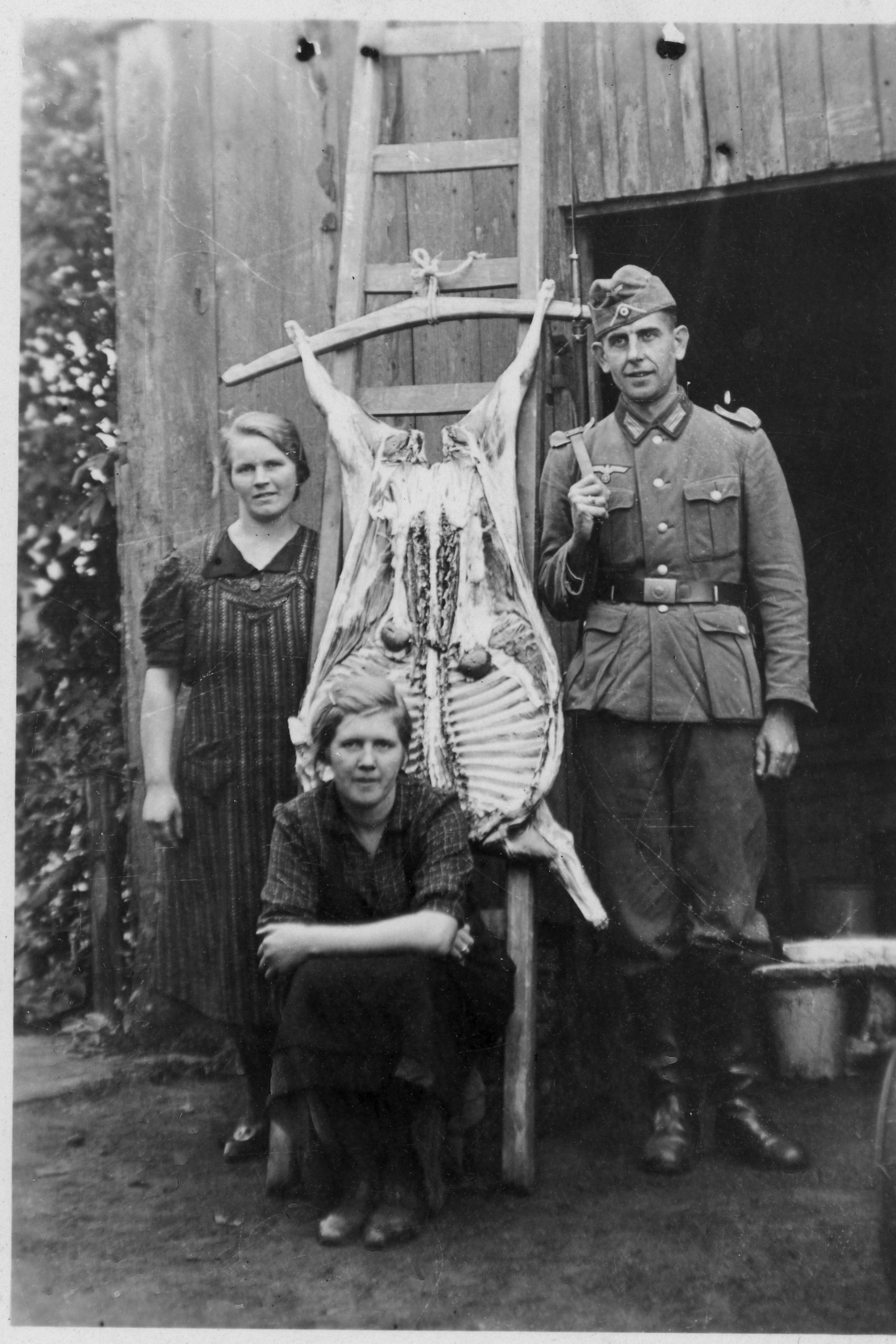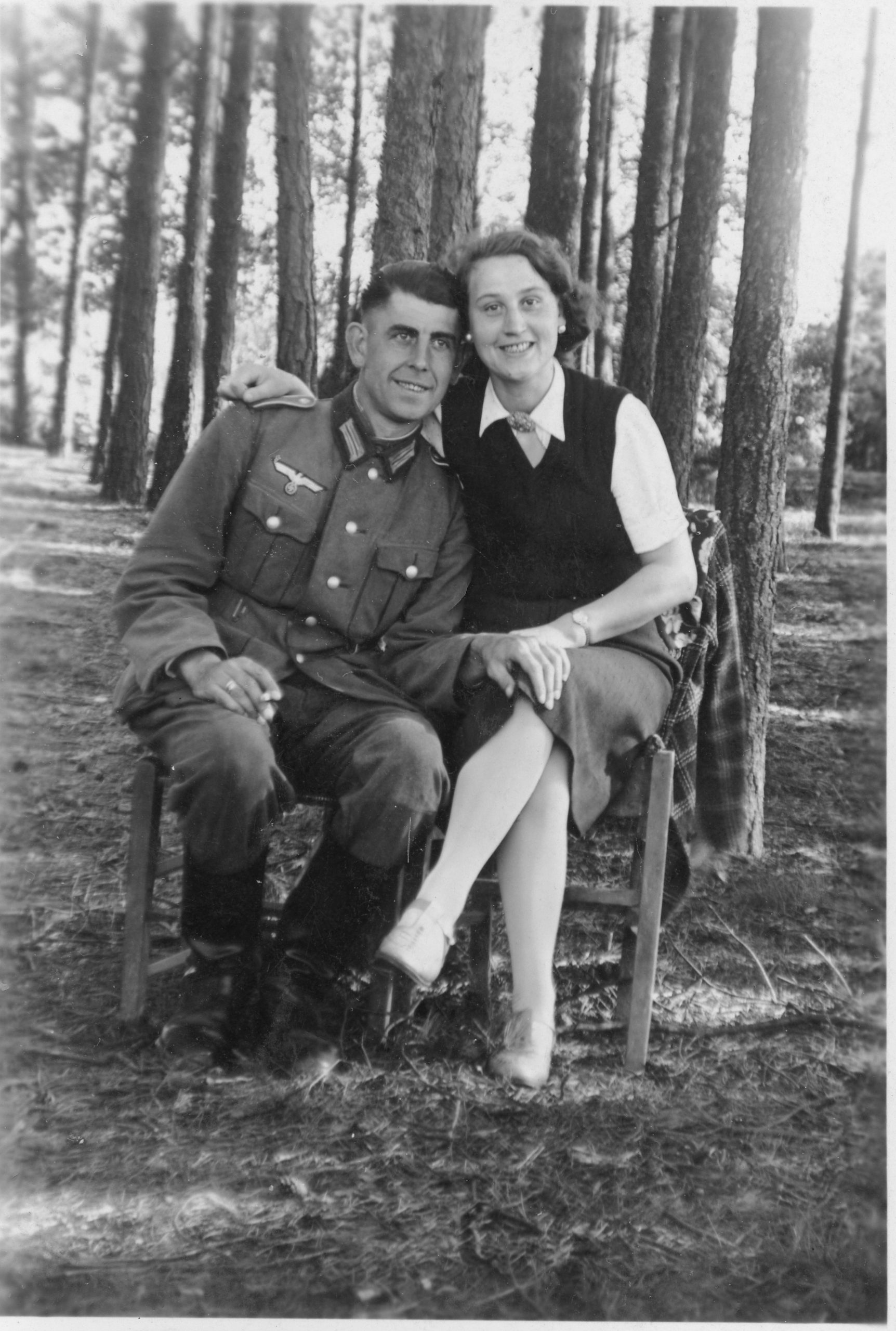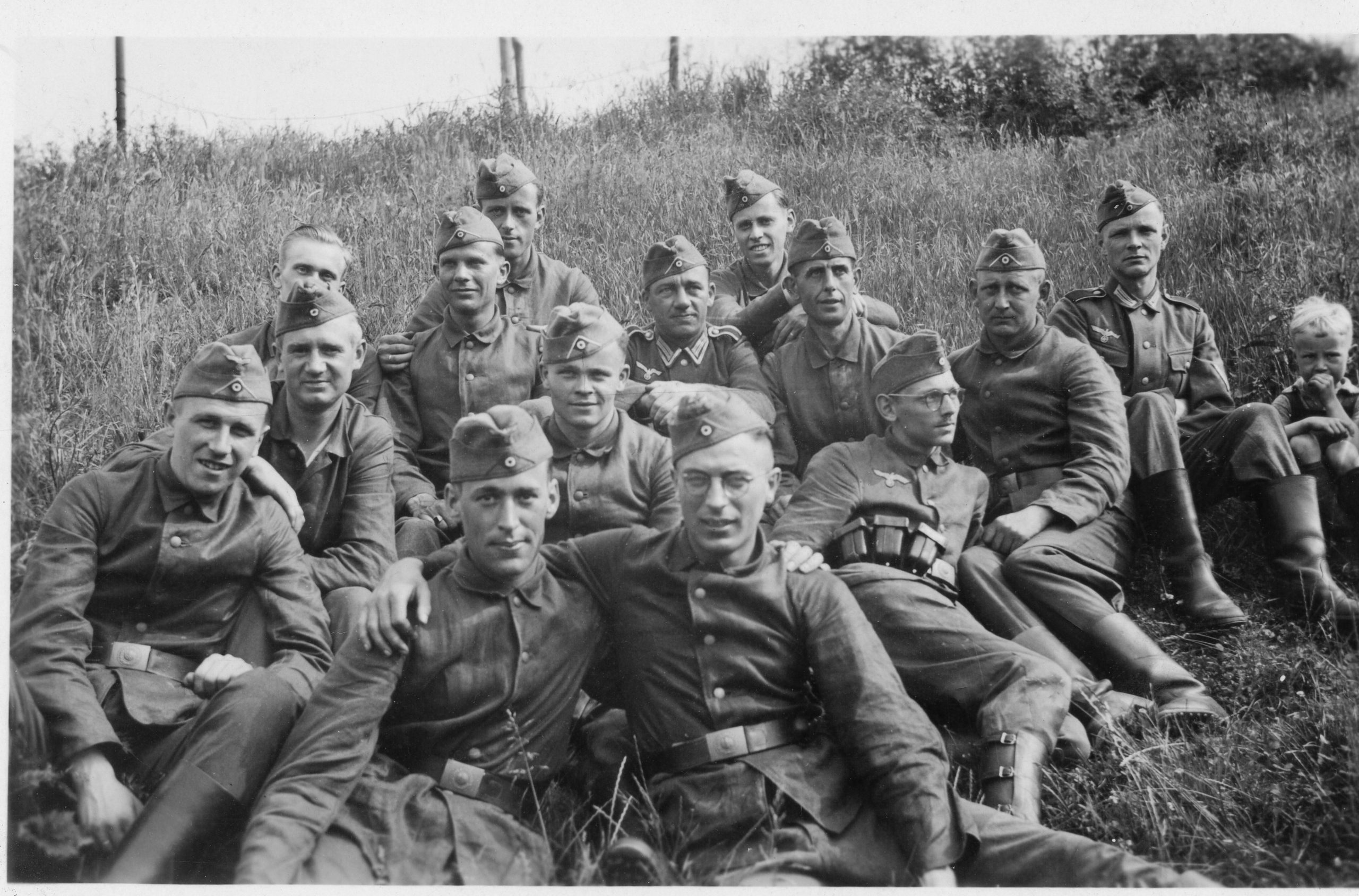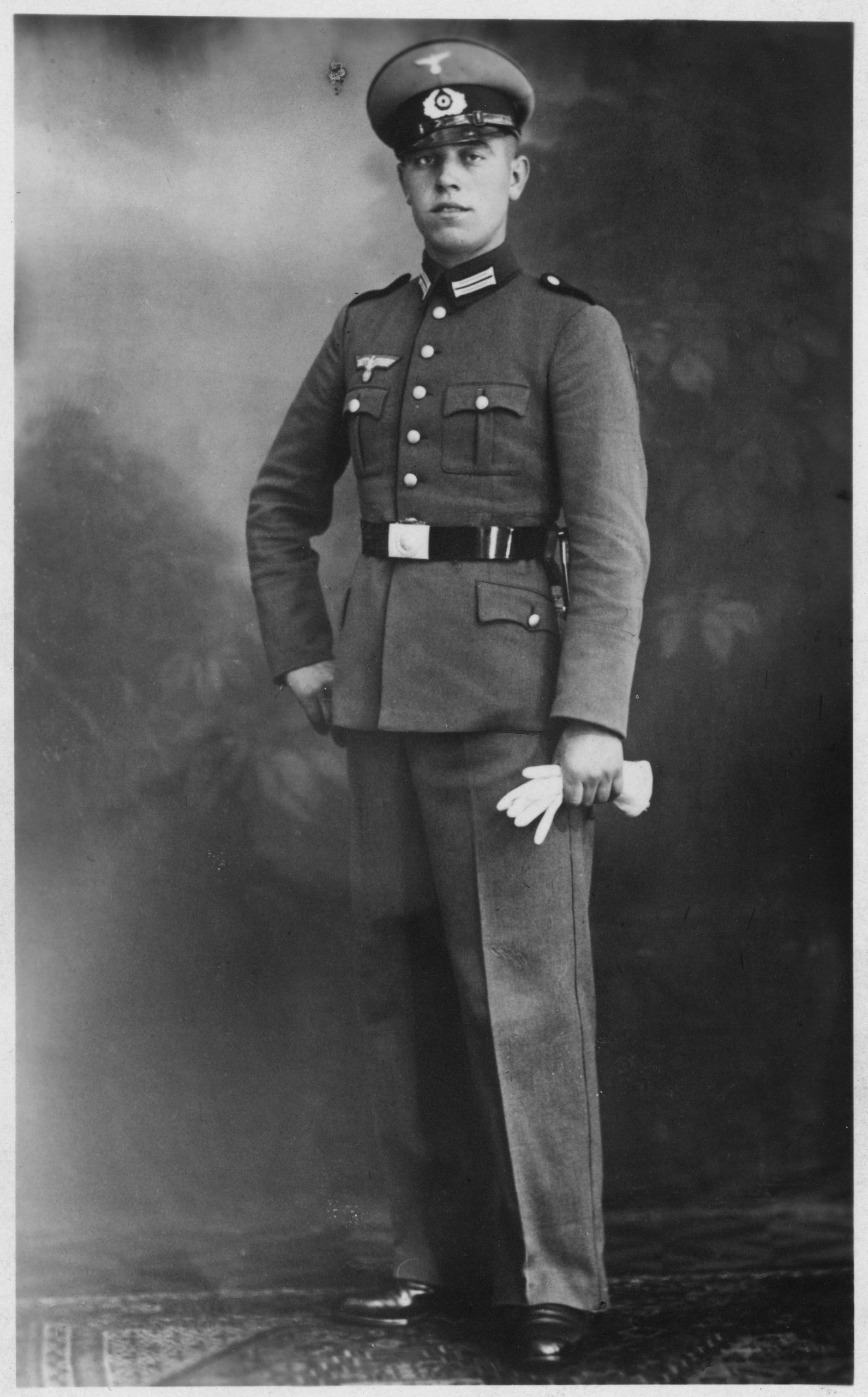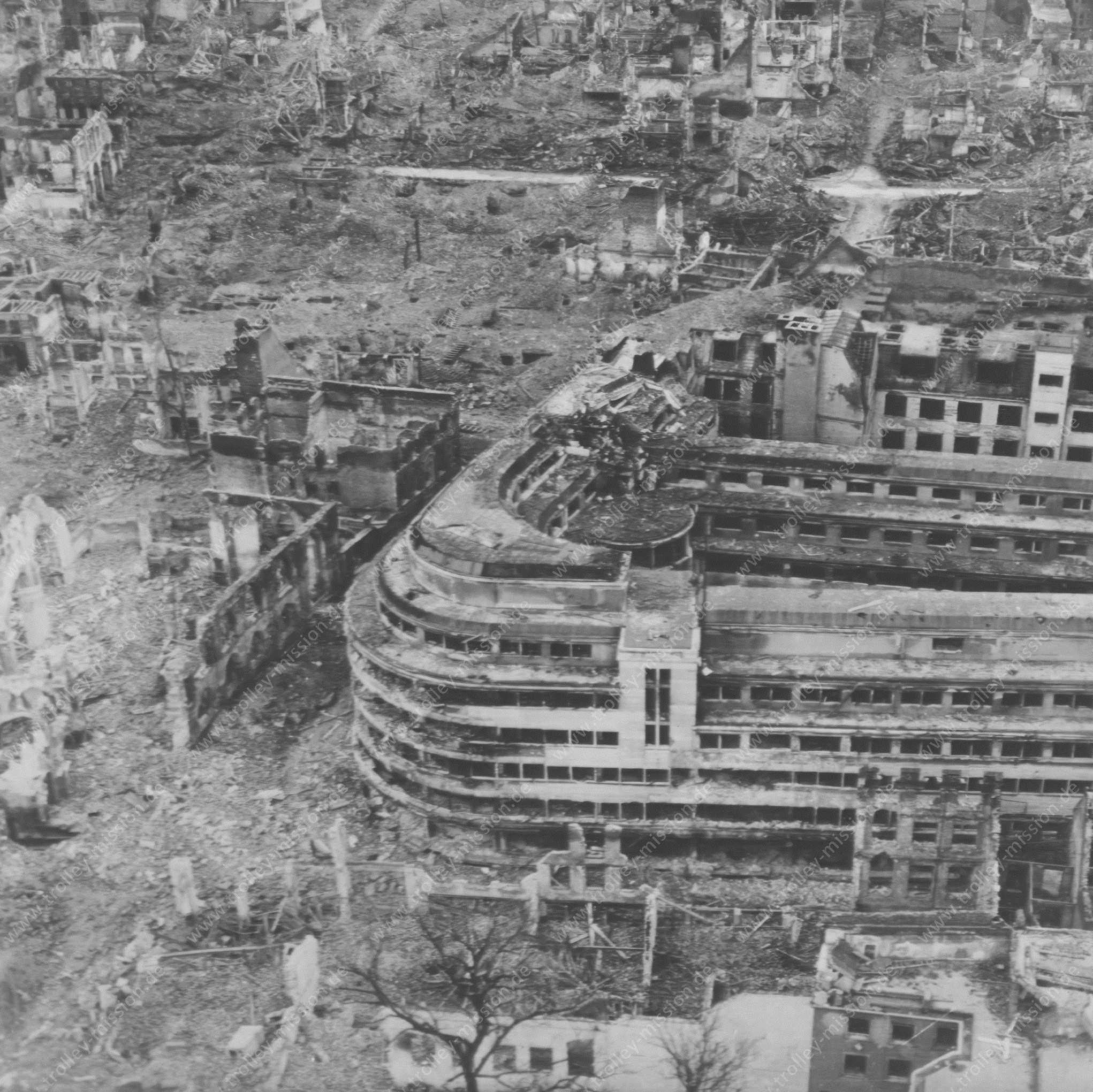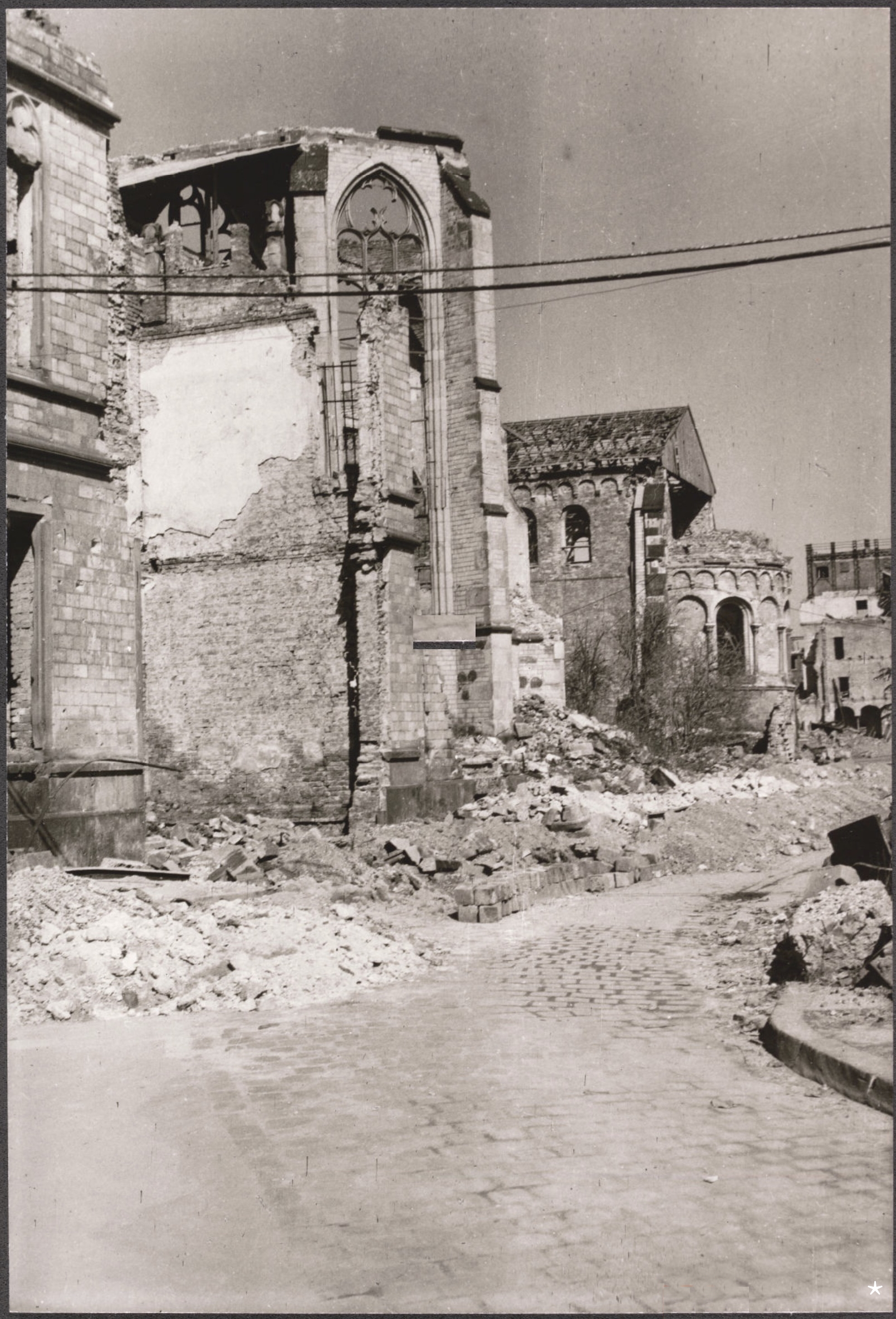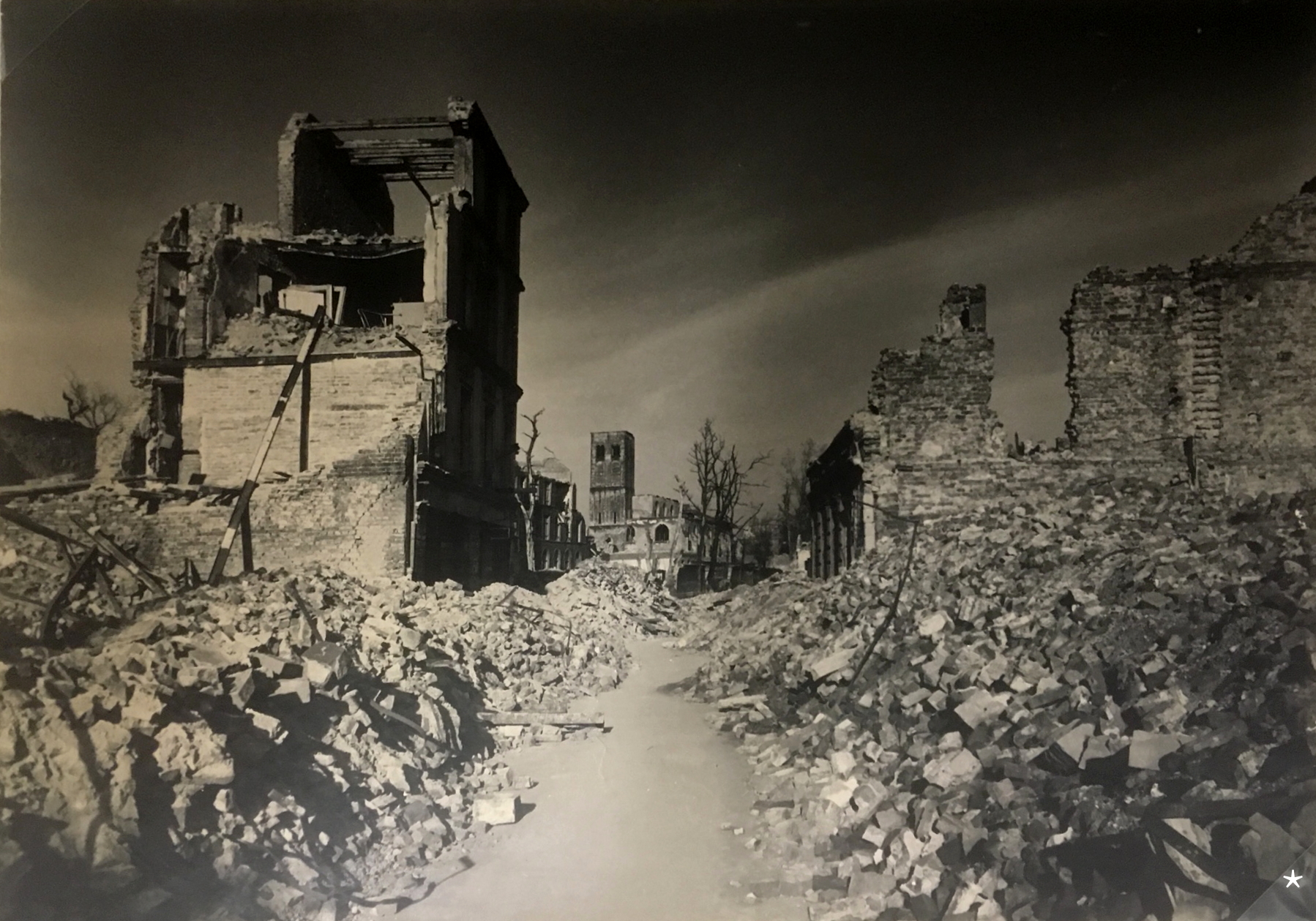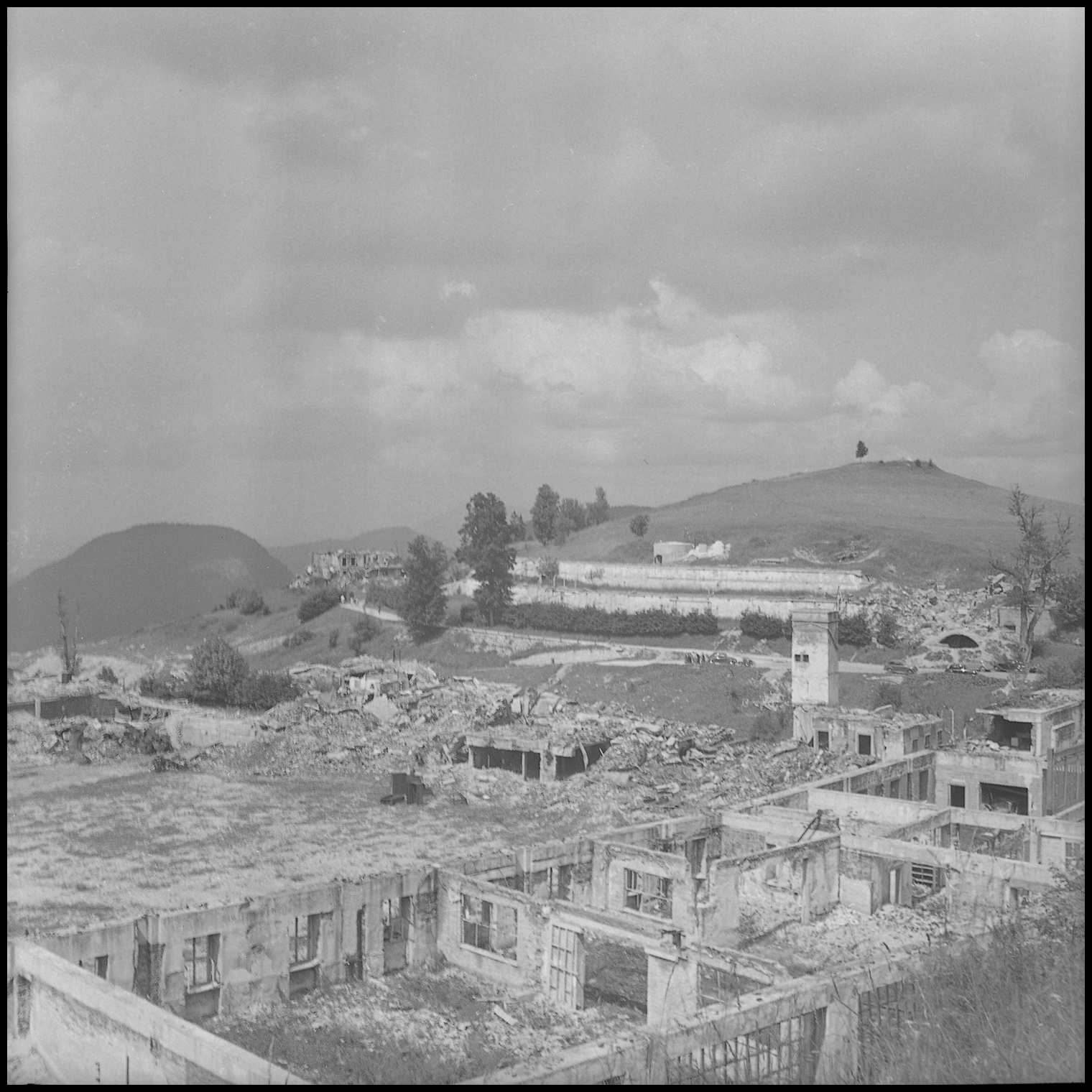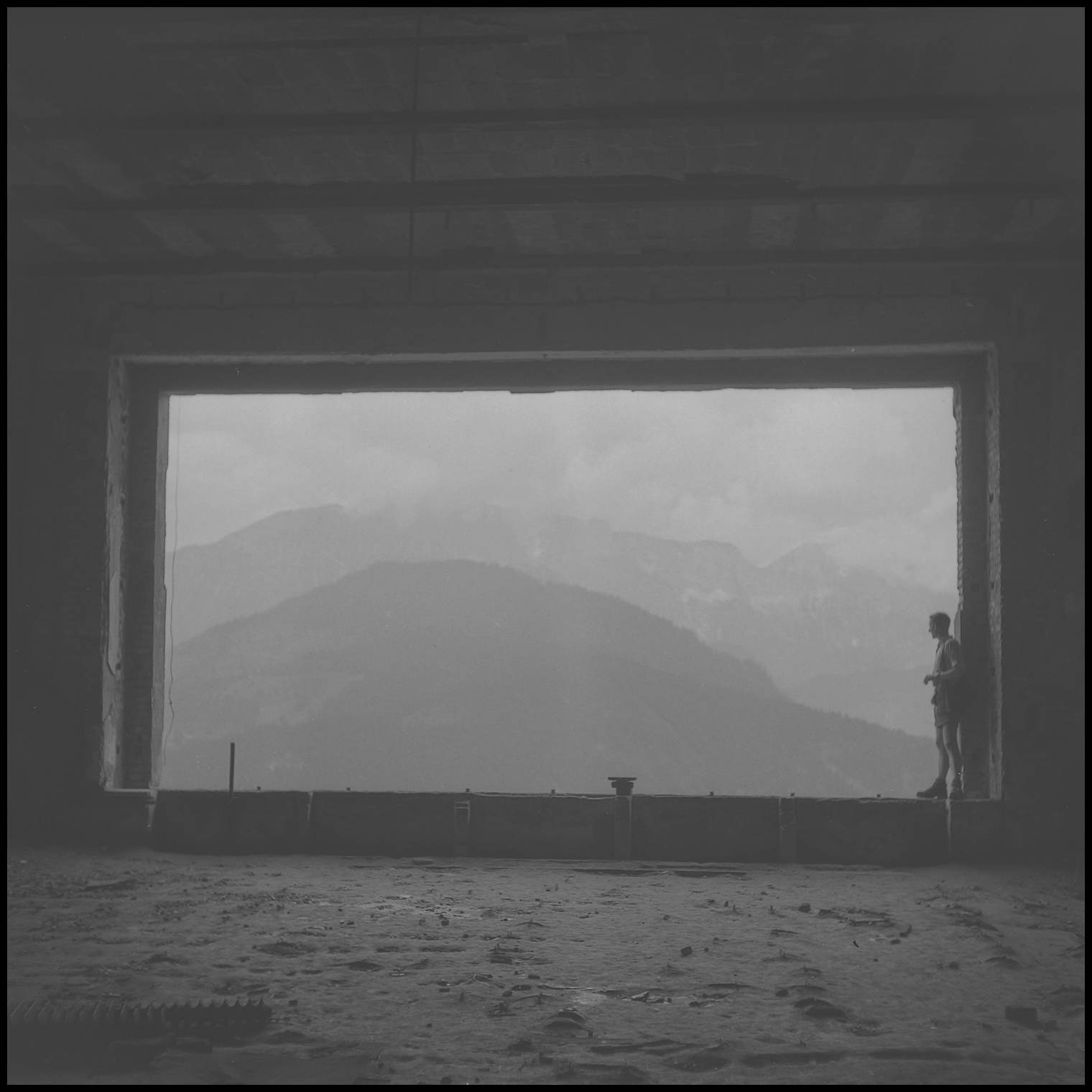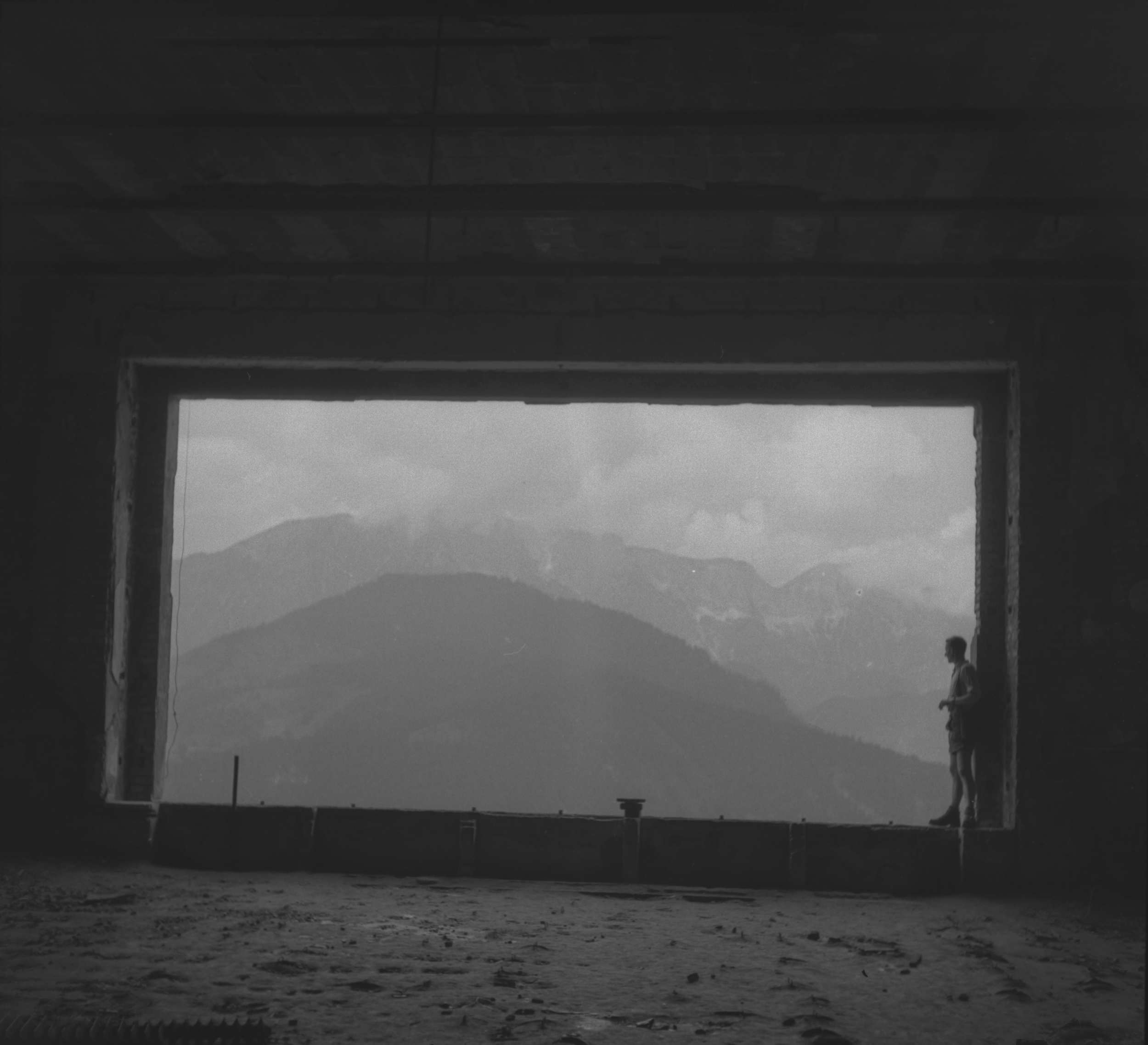Peter was 10 when Hitler and the Nazis began WW2. We can assume for Peter that the war bore an adventurous character in the beginning. The photos taken from Peter and his father during a leave from the front look professional. They were probably made by a photographer.
This adventure thing was definetely gone when Peter was drafted as a so-called ’Flakhelfer’ (assistant to a flak artillery). The Griechenmarkt quarter (the ruins of St. Peter and St. Caecilien) was the place where Peter had to collect and treat the dead after the big air raids in 1944 and 1945. The mere stop in this place where Peter did a traumatizing job was hated for good reason. Two photos show how the central quarters of Cologne were still rubble in the postwar Cologne.
Quite astonishing is Peter’s visit to Hitler’s Berghof in Berchtesgaden in 1951. In this gorgeous and scenic place in the Alpes Hitler spent many months of his regime. (This spared him the sight of the destroyed cities.) It might be important for Peter to check one thing: This command center of the terror was gone forever. What might the young man of 21 years have thought?… [4th picture]
In 1951 the ruins of this ’Berghof’ could still be seen. Later on, the Amerikans cared for the complete removal of this Nazi inheritance.
Photo 1 + 2: Peter with his father in uniform on a leave from war • Photo 3: the destroyed Disch house and the St. Kolumba church opposite • Photo 4: Cologne 1948 during the 700th anniversary of the foundation of the cathedral 5: destroyed St. Peter and St. Caecilien church at the border of the Griechenmarkt quarter • 6: St. Peter seen from north • 7: St. Peter and St. Caecilien in rubbles [6 & 7, Historical Archive of the Archdiocese]
Hitler’s Berghof in Berchtesgaden in 1951
Important documents as books are Hermann Claasen / Josef Rick, Gesang im Feuerofen and Hermann Claasen, Nichts erinnert mehr an Frieden. They show the scaring view of a Cologne in ruins. Nowadays you can also find photo documentation of the war in the internet.
